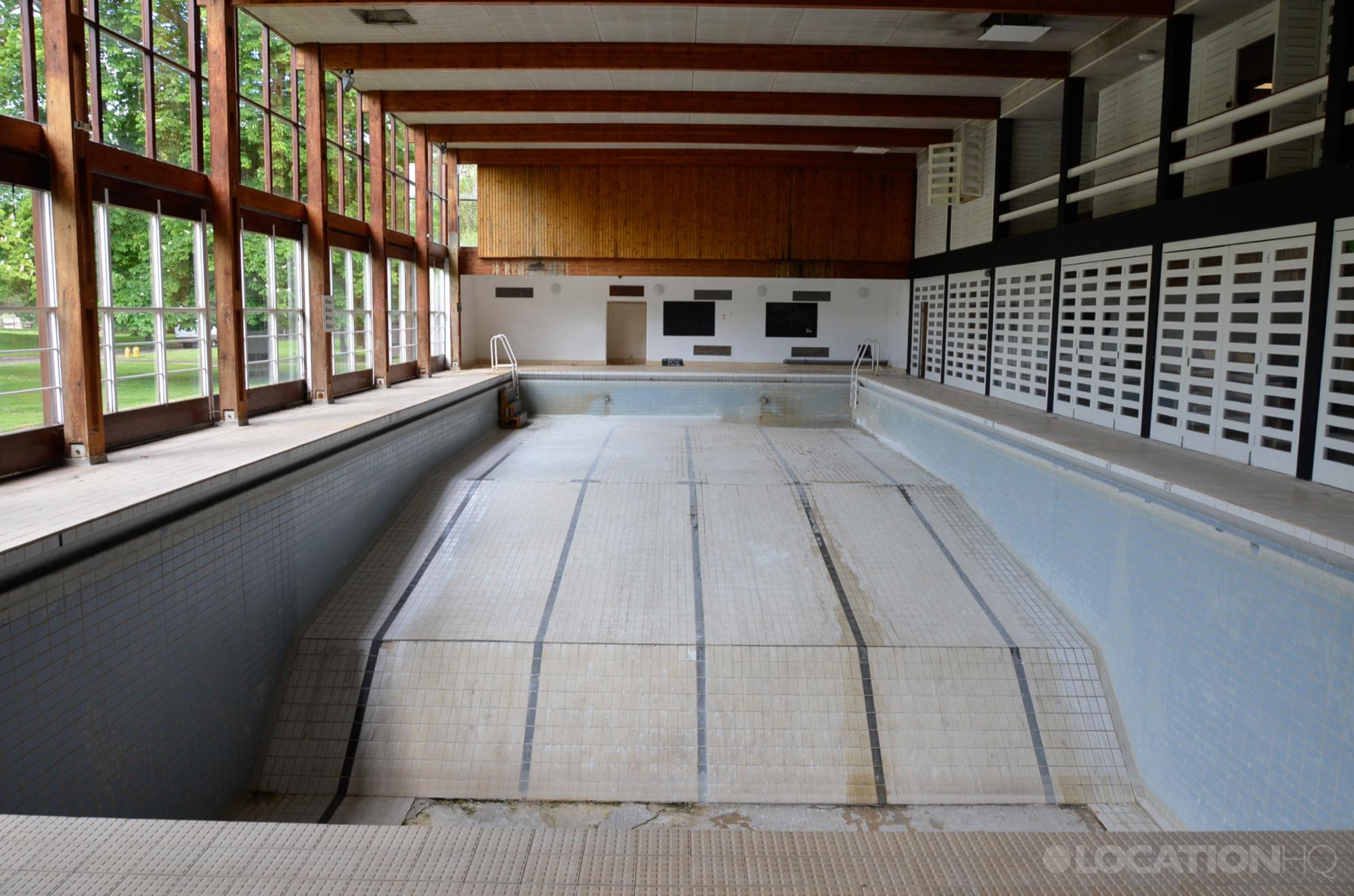In this article, we will discuss the step-by-step process of how to properly empty a swimming pool. Whether you are looking to drain it for maintenance, repair, or renovation purposes, it’s essential to follow the correct procedure to avoid any potential damage to the pool or surrounding areas.

Credit: www.locationhq.co.uk
Step 1: Safety First
Prior to starting the pool draining process, safety should be your top priority. Ensure that all electrical equipment, such as pool lights or pumps, is disconnected to avoid any accidents. It is also important to have proper drainage in place to direct the water away from the pool area.
Step 2: Check Local Regulations
Before emptying your pool, check with your local authorities for any specific regulations or guidelines regarding pool draining. Some areas may have restrictions or require permits, especially if the water is being discharged into the sewer system or public drainage.
Step 3: Determine the Drainage Method
There are two main methods for draining and to empty a swimming pool quickly: using a submersible pump or the main drain valve.
Submersible Pump Method
- Use a submersible pump to drain the pool water. Place the pump at the deepest end of the pool.
- Attach a drainage hose to the pump and secure it tightly.
- Direct the other end of the hose to an appropriate drainage area, such as a storm drain or a designated drainage point.
- Ensure the hose is properly positioned, so it doesn’t cause any flooding or damage to nearby properties.
- Turn on the submersible pump and allow it to drain the pool slowly.
Main Drain Valve Method
- Locate the main drain valve, typically located at the deep end of the pool.
- Attach a hose to the drain valve and ensure it is tightly secured.
- Direct the other end of the hose to an appropriate drainage area.
- Open the main drain valve slowly and allow the water to flow out.
Step 4: Monitor the Draining Process
Keep a close eye on the draining process to ensure everything is proceeding smoothly. Check for any leaks, blockages, or unexpected issues that may arise during the drainage.
Step 5: Take Proper Precautions
While the pool is being emptied, take the necessary precautions to minimize any potential damage. Protect the pool interior by covering it to prevent debris, leaves, or dirt from accumulating.
Step 6: Dispose of the Water
Once the pool is completely drained, you need to dispose of the water properly. Depending on your local regulations, you may be required to use a pump to remove the water, or you may be able to discharge it directly into a sewer or drainage system.

Credit: commons.wikimedia.org
Step 7: Refill and Rebalance
After completing the necessary repairs, maintenance, or renovation work, it’s time to refill the pool. Ensure that the water is clean and free from any impurities. Balance the pool chemicals accordingly to create a safe and healthy swimming environment.
By following these step-by-step instructions, you can safely and efficiently empty a swimming pool. Remember, proper maintenance and adherence to local regulations are vital during this process. Always consult a professional if you are unsure or need further assistance.




